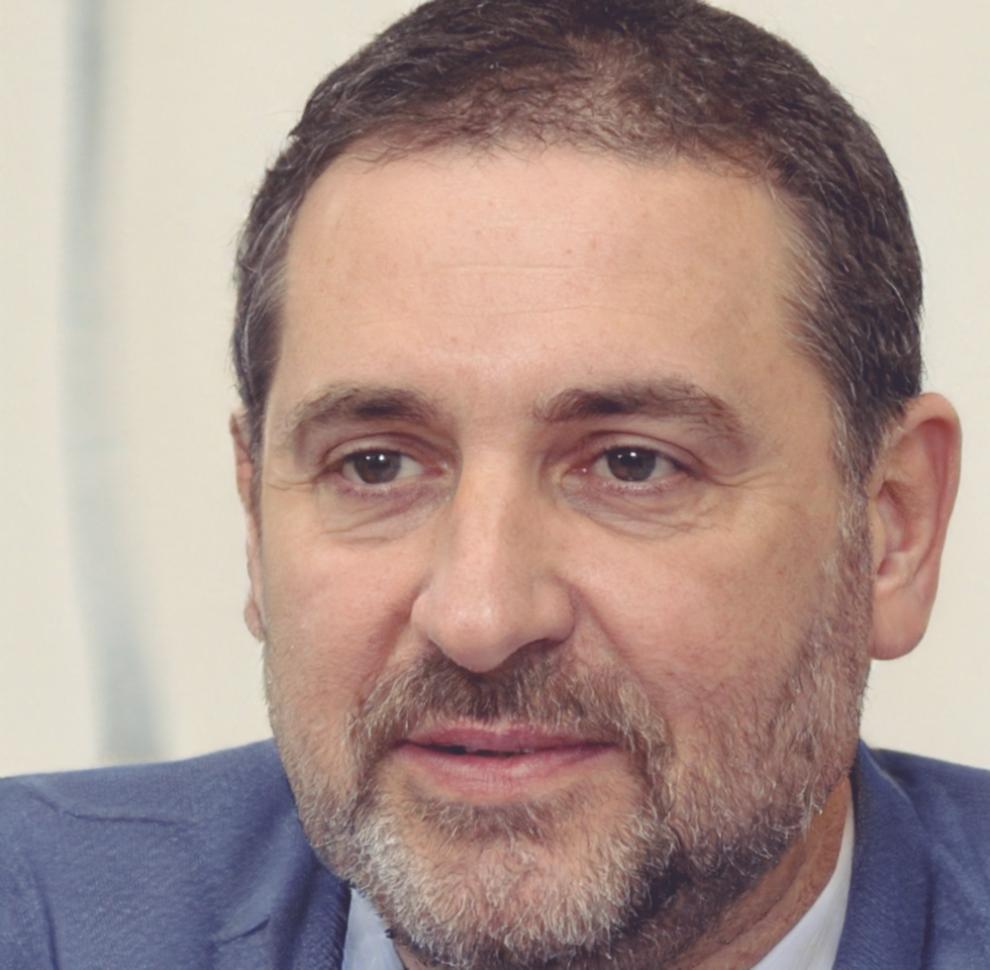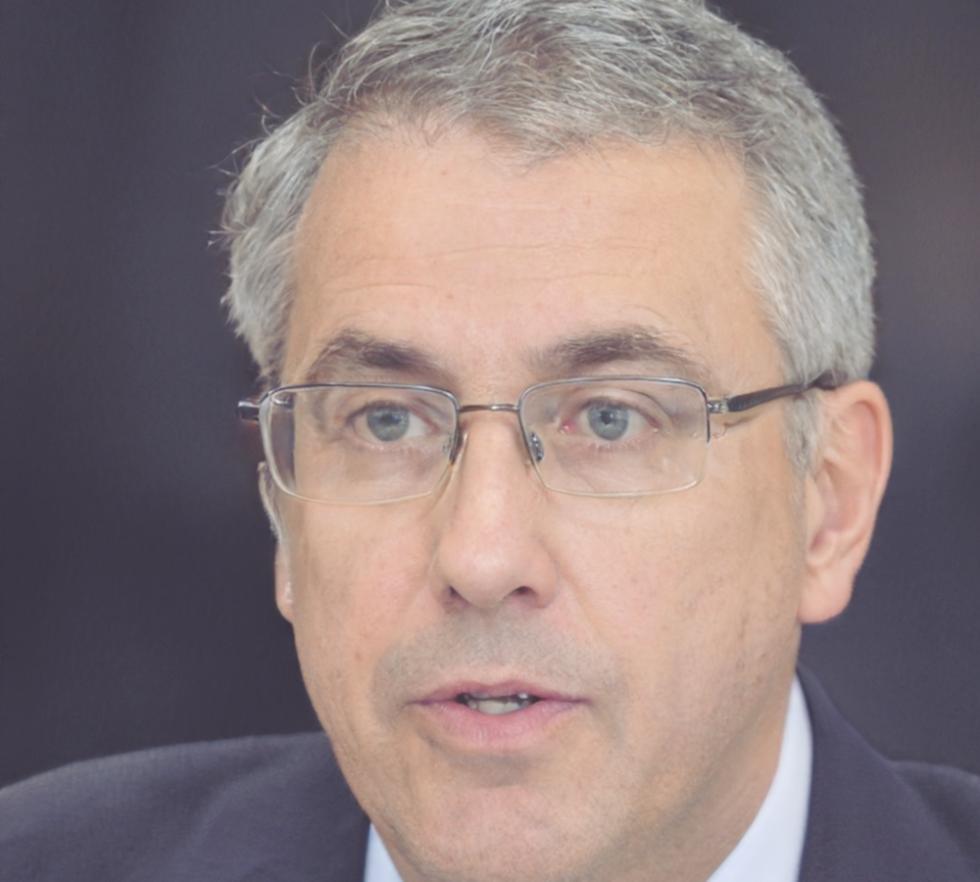Real People Building Real Skills
We built our teaching approach around one simple truth: everyone learns differently. And honestly, that's what makes this work interesting. After years of watching people struggle with cookie-cutter programs, we decided to try something different.

Basil Craddock
Senior Financial Modelling Instructor
How We Actually Teach This Stuff
Basil spent twelve years working in corporate finance before he joined us in early 2023. He tells this story about his first week teaching—a student asked him to explain variance analysis, and instead of pulling up a slide deck, he opened an actual spreadsheet from a retail project he'd worked on back in 2019.
The student later said it was the first time financial modelling felt like something real people actually do at work. That moment shaped how we think about instruction here.
We don't script our sessions. Instructors bring real scenarios they've encountered—sometimes messy ones where the data didn't cooperate or the client changed their mind halfway through. Because that's what you'll face when you're building models in the real world, and pretending otherwise doesn't help anyone.
Our autumn 2025 intake starts September 8th for those interested in joining small-group sessions where questions are expected, not just tolerated.
The Learning Path We've Mapped
This isn't a step-by-step guarantee to financial mastery. It's more like a framework that's worked for people who've come through our programs. Your mileage will vary based on background and time commitment.
Foundation Work
You'll spend about six weeks getting comfortable with core concepts. We start with basic financial statements because you can't model what you don't understand. Most people find this part straightforward if they've worked with numbers before.
Scenario Construction
This is where it gets interesting. You'll build your first complete scenario model—usually a simple revenue forecast with a few variables. It won't be perfect, and that's the point. We learn more from debugging wonky models than from following perfect examples.
Variable Analysis
Now we complicate things. What happens when three assumptions change at once? How do you communicate uncertainty to stakeholders who want concrete answers? This module tends to separate casual learners from people serious about financial analysis.
Industry Application
Pick a sector—retail, manufacturing, services, whatever interests you. You'll adapt the modelling techniques to industry-specific challenges. A manufacturing model looks quite different from a SaaS model, and you should know why.
Client Communication
Building the model is half the job. The other half is explaining it to people who don't care about your formulas. We'll work on translating technical analysis into business language that actually influences decisions.
Portfolio Project
Your final project will be a comprehensive model you can show potential employers or clients. We've seen these lead to job interviews, but that depends on your situation and the market at the time. We can't promise outcomes, just solid preparation.

Following Up Makes the Difference
Gareth Tillman's Path
Gareth took our winter 2024 program and built a solid portfolio project around agricultural scenario planning—not the flashiest topic, but he knew the sector from previous work.
Six months after finishing, he landed a financial analyst role at a mid-sized agribusiness firm. When we caught up with him in March 2025, he mentioned that the modelling techniques from our program came up in nearly every project brief he'd received. He still messages occasionally with questions about specific scenarios.
The interesting part isn't that he got a job—that depended on his interview skills, timing, and a dozen other factors we had nothing to do with. What matters is that the skills translated into actual work situations.
What Happens After
We keep informal contact with graduates—not because we're tracking success rates, but because seeing how people apply this stuff in real contexts helps us teach better. Some find immediate applications in their current roles. Others take longer to see results.
The ones who seem to get the most value are those who keep practicing beyond the program. Financial modelling is like any other skill—it deteriorates without use.
Our Next Program Starts September 2025
If this approach to learning financial modelling sounds like something you'd want to try, our autumn program runs from September through November 2025. Classes meet twice weekly in the evenings, with practical work you'll complete on your own schedule.
We keep groups small—usually around twelve people—so there's room to ask questions and work through problems together. Not everyone who inquires ends up joining, and that's fine. This particular learning style doesn't suit everyone.
Get Program Details